
Panama: the wind rose
Three million years ago the Panama Isthmus ended joining North and South America, triggering the exchange of countless species in both directions.
Today Panama boasts more biodiversity than all of North America in its little more than 29 square miles.
By: Juan Abelardo Carles
Photos: Carlos Gómez, Javier Pinzón
Few times in the natural history of our planet have we seen a piece of land as small as Panama playing such an important role: being a thin strip of land joining North and South America, and becoming one of the most biodiverse countries in the world. Panorama of the Americas invites you to visit some of the places around the isthmus that showcase this natural wealth.



In the center, a heart of sap and water
Panama’s natural wealth explodes in front of your eyes as you land in the nation’s capital. No traveler can remain indifferent to the green mantle that, from the air, seems to cover Panama City from the north. These two thousand square miles of tropical rain forest scattered in national parks such as Chagres National Park (498 square miles), followed by the smaller Soberanía National Park (77 square miles), which borders the capital city. Over the verdant canopy it is possible to spot 300 species of birds flying in less than twenty-four hours. Legions of monkeys swing through the tree branches, closely observed by their relentless predators, the harpy eagle (“Harpia harpyja”) and the jaguar (“Panthera onca”). On the ground below you may encounter a parade of ñeques (“Dasyprocta punctata”), iguanas (“Iguana iguana”), red-tailed squirrels (“Sciurus granatensis”), or marmoset monkeys (“Saguinus geoffroyi”).
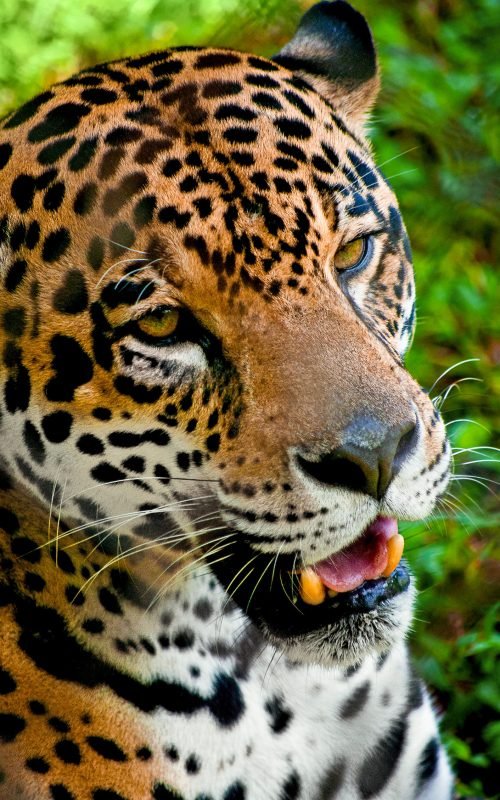

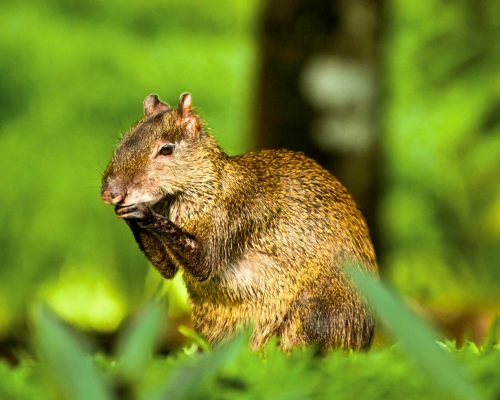
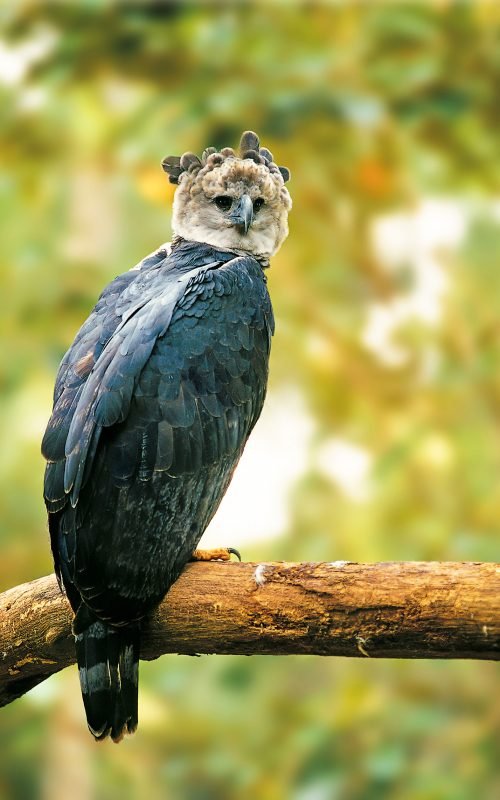
To the south, an arc of life
Panama’s green magnificence is not uninterrupted or uniform; between December and April, seasonal changes reduce rainfall, especially in the lands southwest of the Gulf of Panama, creating ecosystems unique to the country. The area is known as “Arco Seco,” because from space it looks like a huge irregular fan that opens between the provinces of Coclé and Los Santos. Cooler and more humid tropical mountainous forests such as Cerro Hoya, La Tronosa, Cerro Canajagua, and El Cope top this “fan” with a green plume comprised of giant mahogany (“Swietenia macrophylla”), wild cashew (“Anacardium excelsum”), and kapok trees (“Ceiba pentandra”), which thrive and provide cover for animals such as Baird’s tapir (“Tapirus bairdii”), white-tailed deer (“Odocoileus virginianus”), jaguars (“Phantera onca”), pumas (“Puma concolor”), and peccaries (“Tayassu tajacu”). Further down green iguana (“Iguana iguana”) and the armadillo (“Dasypus novemcinctus”), rustle through the grassland and the air is filled with the scandalous cries of orange-barbed parakeets (“Brotogeris jugularis”), red-fronted parrots (“Amazona autumnalis”), and yellow-headed parrots.



To the west, a portal of clouds
Beyond the hills flanking the Arco Seco, other elevations emerge as you approach the Costa Rican border. These are the Highlands, veiled almost always by clouds formed by the eternal water cycle of evaporation, cooling, condensation, and precipitation that creates this mysterious halo. Wrapped in these clouds are rocky giants such as the Picacho (9,797 ft.), Echandí (10,374 ft.), Fábrega (10,942 ft.), and Itamut (12,228 ft.) mountains, and the towering (but dormant) Barú volcano (11,440 ft.), where trees such as giant oaks (“Quercus copeyensis”), magnolias (“Magnolia sororum”), and ocoteas (“Ocotea cernua” and “Ocotea insularis”) flourish. Mammals include tapirs (“Tapirus bairdii”), white-tailed deer (“Odocoileus virginianus”), pumas (“Puma concolor”), and jaguars (“Panthera onca”), which thrive alongside birds such as great Currasows (“Crax rubra”), yellow-crowned parrots (“Amazona ochrocephala”), and hummingbirds (“Anthracothorax nigricollis”), all ruled by the spectacular harpy eagle (“Harpia harpyja”) and the elusive quetzal (“Pharomachrus mocinno”), in its southernmost refuge.



To the east, where the nation was baptized
The first lands to be sighted by Europeans as they approached the isthmus were today’s Guna Yala coastlands. The terrain’s variegated vegetation gave off a mixed scent of sap, fruit, and musk. Legend has it that when the Europeans asked the inhabitants for the name of the place, their response was unintelligible to the explorers, aside from just one word, which became clear after much repetition: “Bannaba.” The explorers concluded that they had arrived in a country of abundance and the word Bannabá remained united to this concept forever. That world of abundance lives on today in the Darien province, which is still a refuge for the jaguar (“Panthera onca”), the puma (“Puma concolor”), the harpy eagle (“Harpia harpyja”), the black spider monkey (“Ateles fusciceps rufiventris”), the howler monkey (“Alouatta palliata aequatorialis”), the Darien pocket gopher (“Orthogeomys dariensis”), and the Panama slender opossum (“Marmosops invictus”).

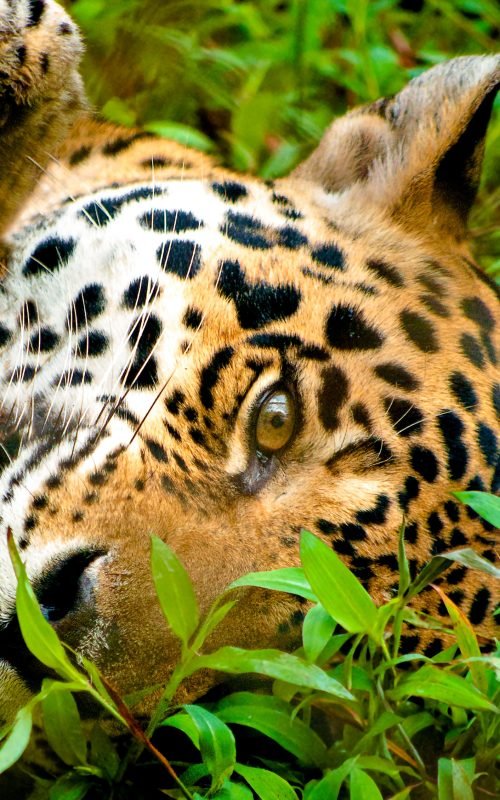

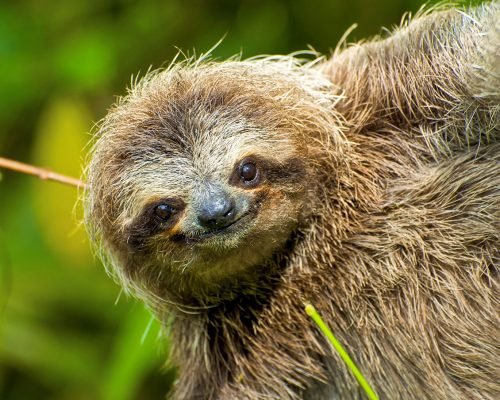
Panama´s destiny is to serve the cycle of life, some king of mecca for living beings called to the eternal forum of life that has been celebrated in Darien since the Isthmus of Panama emerged from the sea.
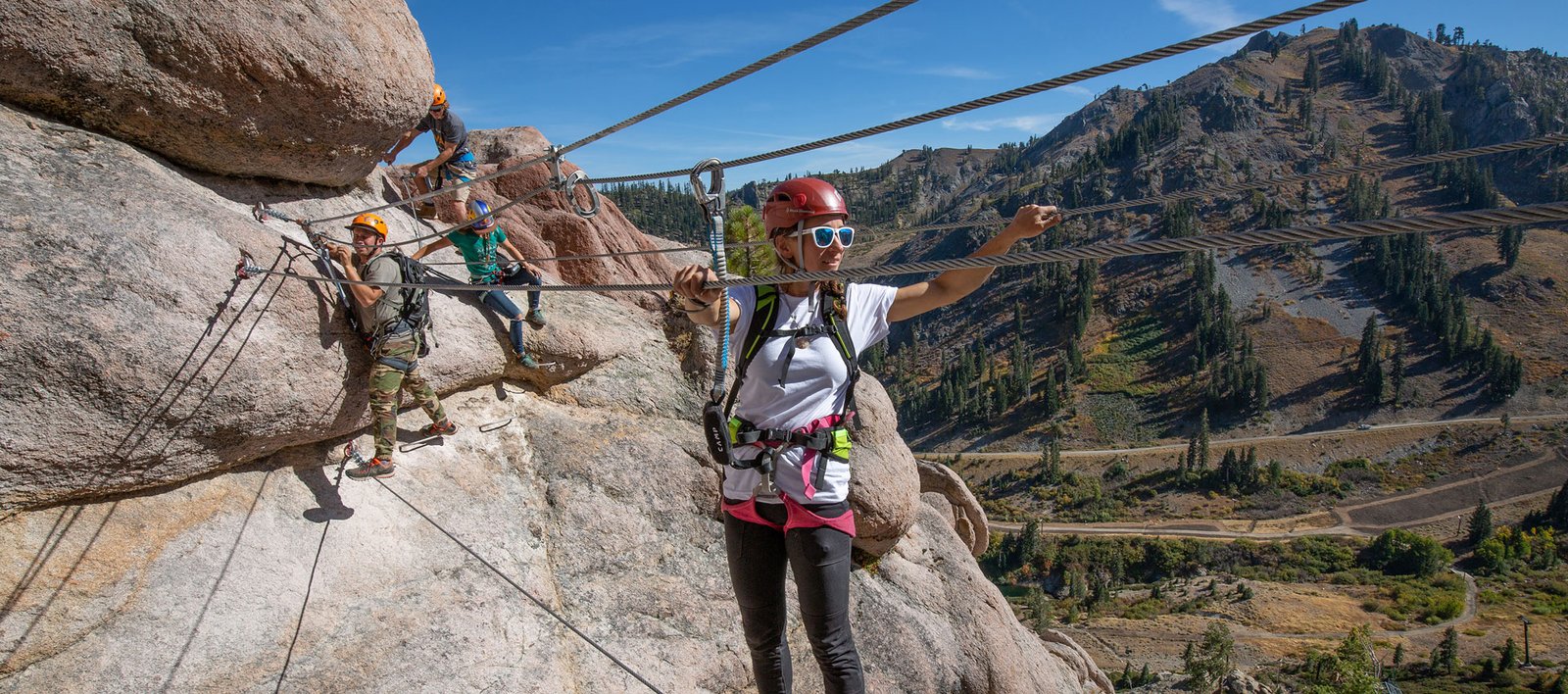
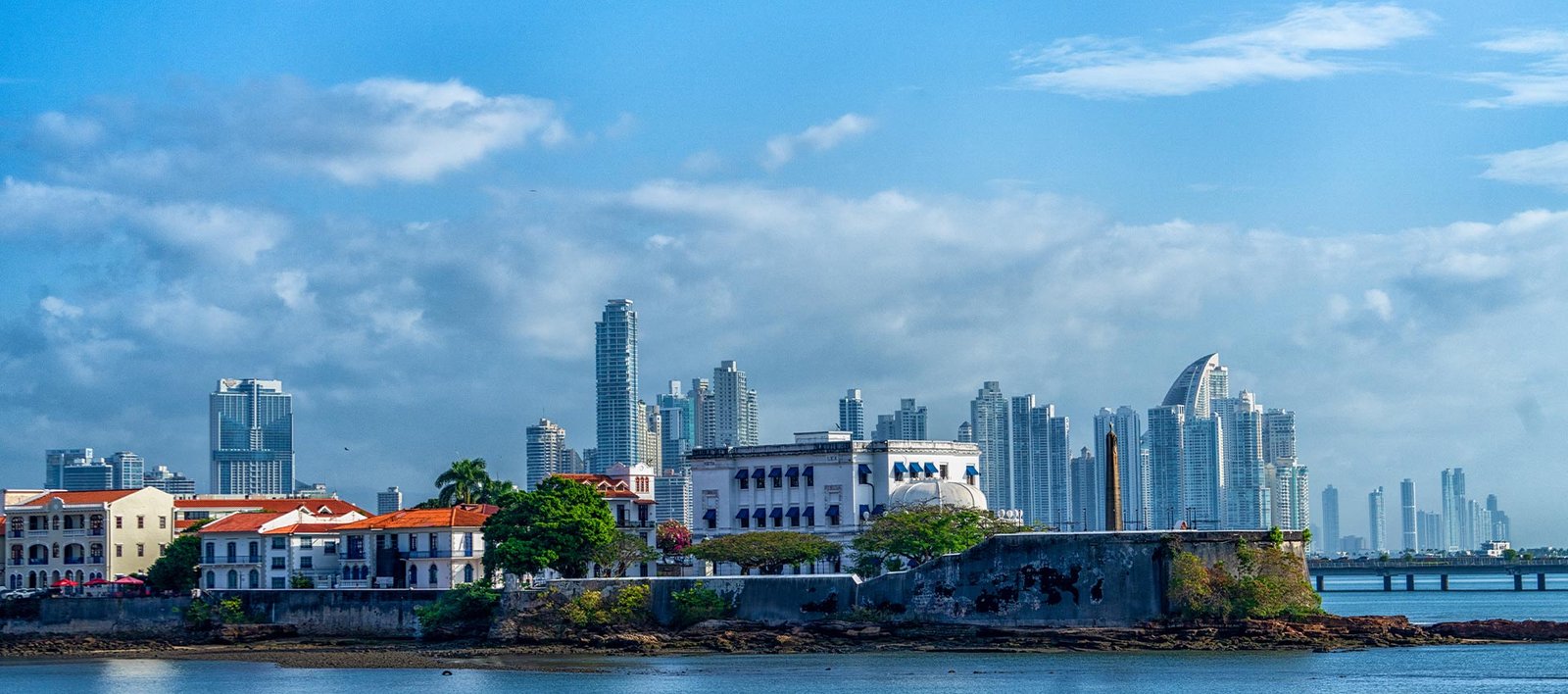

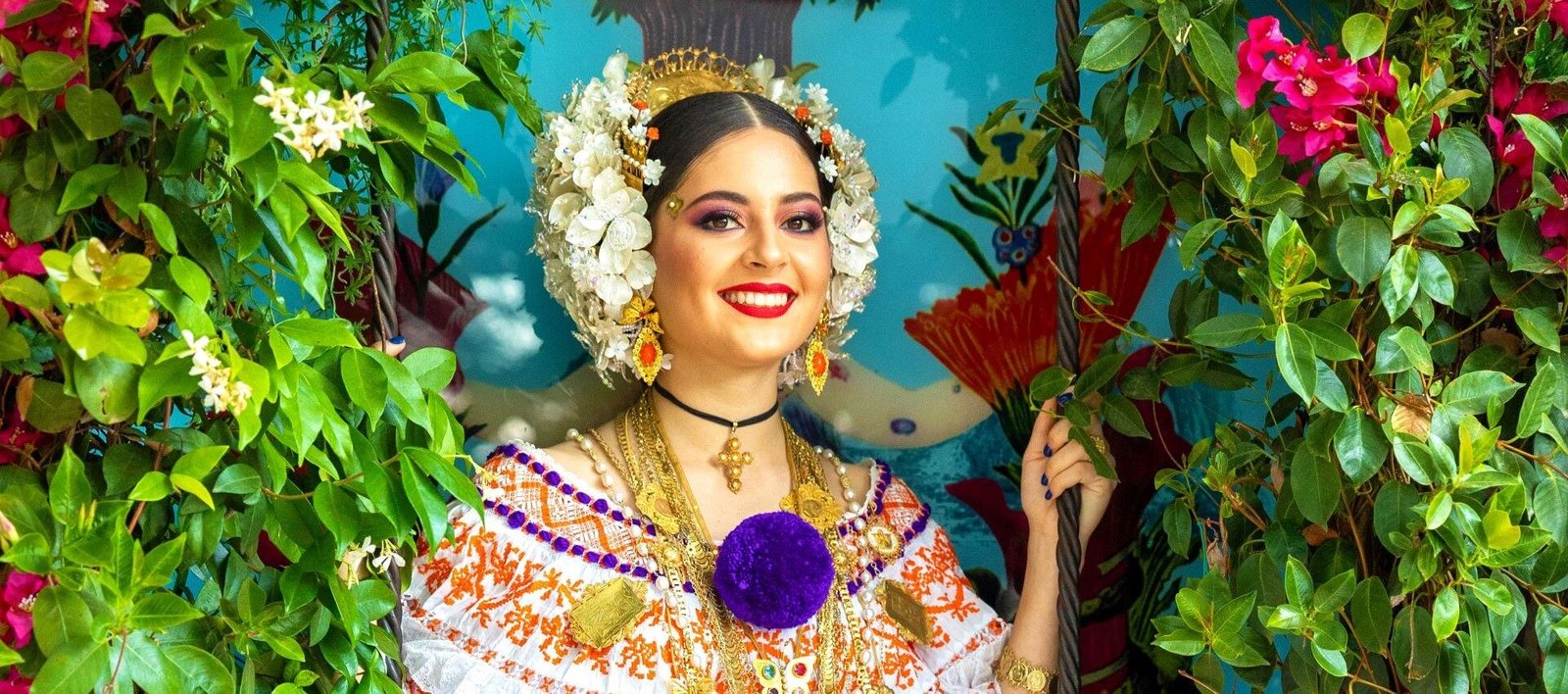
Leave a Reply